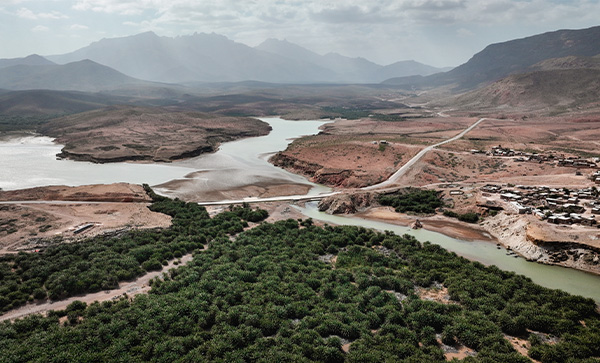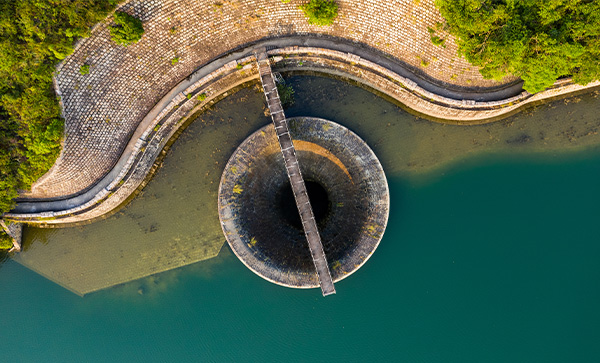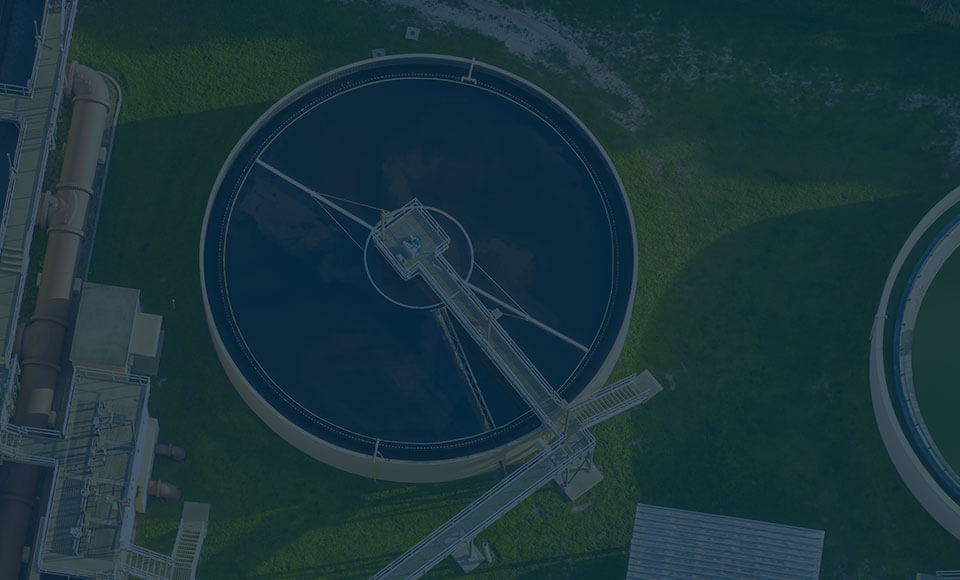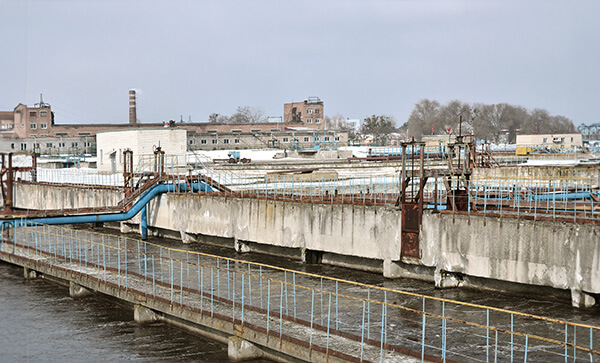Is Your Business Prepared for the Water Crisis? Understanding the Risks and Costs of Water Scarcity
The global water crisis is no longer a distant threat—it’s a reality that businesses must confront. With over 40% of the world’s population already affected by water scarcity and demand for freshwater projected to outstrip supply by 40% by 2030, the risks to businesses are growing exponentially. Beyond rising water costs, the crisis poses significant […]










